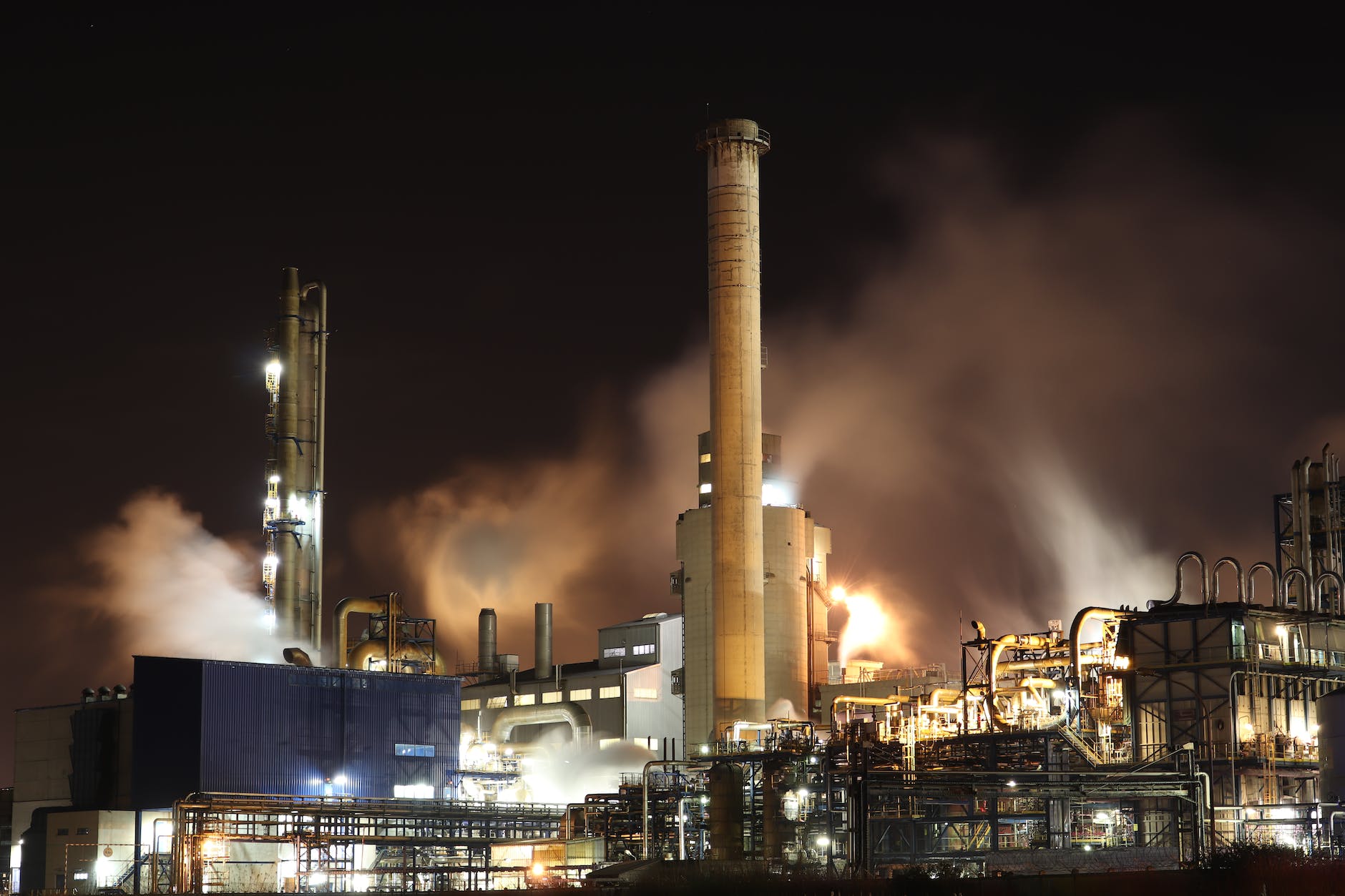The carbon footprint definition measures the amount of greenhouse gases produced to support human activities directly and indirectly. Every day, we produce carbon emissions without even realizing it. From the food we eat to how we get around town, these seemingly insignificant choices add up and have a major impact on our planet. Some industries are more responsible for carbon emissions than others, but what can be done to mitigate their effect? Here’s a closer look at three industries that have the biggest carbon footprint.
Table of Contents
How have we worked this out?
Air, water, soil, light, and noise pollution are today’s five most pervasive forms of environmental degradation. All of them are bad for humans in their own ways, but the biggest danger comes from polluted air, water, and soil. Some nations demand that their governments use classification systems that prioritize their economic and political interests; therefore, there is no universal standard for identifying and labeling polluting enterprises. How dangerous industrial waste is to the world’s current population of around 8 billion, and how dangerous it will be to future generations.
Nearly 8.7 million fatalities worldwide can be attributed to air pollution in 2021. Polluted water is responsible for 1.5 million annual fatalities in children. Each year, 14 billion pounds of plastic are poured into the ocean. To what extent does soil pollution affect you? Every year, the world produces over 400 million tons of hazardous waste, much of which ends up in the ground.
This article explores the industry’s role in producing air, water, and soil pollution.
Transportation Sector

Transportation emissions have risen to 20% of all global emissions, which may be split into four subsets: driving, flying, sailing, and commuting. Since 2010, the number of flights has climbed by 40%, making the world a far more accessible and manageable place. Is the airplane now the villain?
Air travel produces only 11.6% of the total greenhouse gas emissions from passenger transportation despite being far more carbon-heavy than vehicle travel. Conversely, 74.5 percent of the transportation sector’s CO2 emissions come from the road transport sector.
Given the vast majority of individuals now have their own cars, this makes perfect sense. In the United Kingdom, more than 76 per cent of households have a car. Consider that the annual carbon dioxide emissions from the average passenger automobile are approximately 4.6 tons.
How Can You Help?
Avoid driving and, instead, always use public transportation. Use bicycles as your primary mode of transportation. And lastly, keep your foreign trips to a minimum.
General Clean, based in Michigan, is a leading provider of comprehensive industrial sanitation services tailored to meet manufacturing facilities and warehouses’ unique needs. With a proven track record of excellence, they combine state-of-the-art equipment and highly trained personnel to deliver efficient and environmentally friendly cleaning services throughout Michigan and Illinois, ensuring optimal operational hygiene for businesses in the industrial sector.
Energy Sector

That the energy sector is at the top of this list comes as no great surprise. It’s responsible for over 30% of all global greenhouse gas emissions. The fact that we utilize energy for everything from charging our phones to heating entire residential buildings is a major contributor to the industry’s negative impact.
Most countries’ industries also rely substantially on fossil fuels. When completely burned, they produce vast quantities of carbon dioxide equivalent (CO2e) that are released into the atmosphere.
Our World in Data reported that energy usage in commercial buildings produced 17.5% of worldwide GHG emissions due to their dependency on fossil fuels. As a point of reference, in the United Kingdom, natural gas is used by 85 per cent of households to heat their houses.
However, it’s not just the air we breathe that’s at peril; the ocean is, too. There is a greater chance of oil spills due to the rising demand, which poses a serious threat to marine life. Birds and fish are particularly vulnerable to the toxicity of oil spills. They are also detrimental to the insulation of animals that have fur. There were no major spills anywhere in the world last year. The total amount of spilt material was around 1,000 metric tons in 2020, the lowest annual total in the preceding five years.
While oil spills have been less severe in recent years, rising demand still poses a threat that must be addressed.
How Can You Help?
If you have the option, switch to using renewable energy sources in your house. You can research prices for alternative energy providers to utilize less energy. Start a petition or campaign today to fight against large corporations’ fossil fuel combustion.
Agriculture Sector

Agriculture is the primary source of our food supply. The rising number of people living in the world has resulted in a rise in the need for food sources like meat and dairy.
Unfortunately, between 13 and 18% of the world’s greenhouse gas emissions come from the agricultural sector. NOx and CH4 are the most common greenhouse gases released by farms. Cows are the source of these gases.
There are four distinct types of emissions. These include:
- Fermentation in the intestines
- Manure management systems
- Manufacturing and treating feed
- Products in transit
Land clearing and burning for agricultural purposes are other contributors to global pollution. Deforestation occurs when people want to clear space for farming. In doing so, they eliminate habitats that are vital to the natural carbon cycle. Therefore, there is an excessive amount of carbon in the air.
Land burning results in a higher rate of carbon dioxide release. Farming is a significant contributor to air pollution since clearing land for use destroys both the plants that absorb greenhouse gases and the soil in which they might be stored.
What Can You Do?
You can adopt a plant-based diet. The rising popularity of veganism can be attributed to the nationwide reduction of 28% in agriculture greenhouse gas emissions nationwide would result if all Americans adopted this lifestyle. Make sure the meat you consume is raised and slaughtered in your area. Lastly, help non-profits and charities in their fight against the Amazon fires.
Final Thoughts: Who Has the Biggest Carbon Footprint
Consumers need to be aware of how their choices impact the environment so they can make more sustainable choices. Start change; adopt practices with energy efficiency and decrease global warming potential. We hope this article will help people become more informed about the carbon footprints of different industries.
Discover more from Thumbwind
Subscribe to get the latest posts sent to your email.




